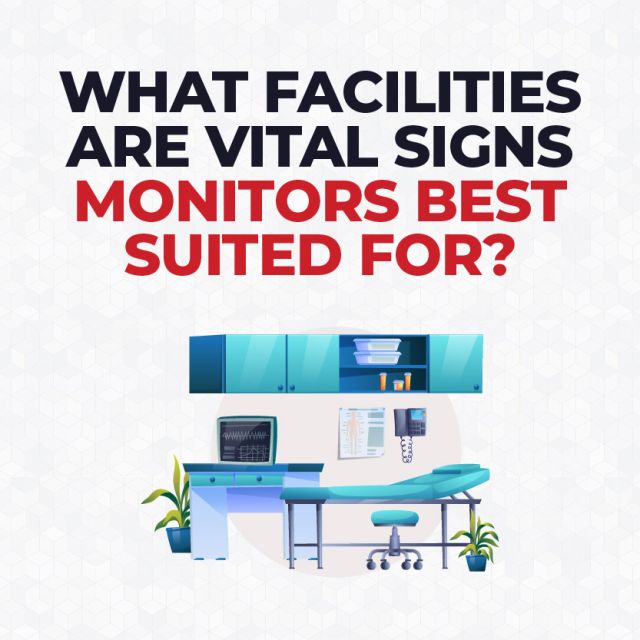COPD Awareness Month

What is COPD Awareness Month?
November is COPD awareness month, which provides a time for the community, focusing on raising awareness of the disease. Across the country, organizations are holding events hoping to bring greater visibility to COPD. More than that, they’re encouraging people to recognize symptoms and seek early treatment and diagnosis.
Weekly Topic Breakdown:
- 1st Week: What is COPD?
- 2nd Week: Diagnosing COPD
- 3rd Week: Managing COPD
- 4th Week: Living with COPD
What is it?
COPD is also known as chronic obstructive pulmonary disease. This is a progressive disease that makes breathing difficult. It can cause coughing, producing large amounts of mucus, wheezing, shortness of breath, chest tightness, and other symptoms.
However, preventing the disease is almost always a possibility as its leading cause is smoking cigarettes. According to data from the National Heart, Lung, and Blood Institute, most COPD patients smoke or have a history of smoking. However, close to 25% of patients with COPD have never smoked. In this case, their COPD may be caused by long-term exposure to air pollution, chemical fumes, or dust.
With this disease, less air is flowing in and out of the airways due to at least one of the following:
- Airways and air sacs lose their elastic quality
- Walls between many of the air sacs are destroyed
- Walls of the airways become thick and inflamed
- Airways make more mucus than usual and become clogged

Symptoms:
In the beginning, a COPD case may show no symptoms or only mild symptoms. Over time, the disease will get worse and the symptoms will usually become more severe.
Some common symptoms include:
- “Smokers cough” or an ongoing cough producing a lot of mucus
- Shortness of breath, especially with any physical activity
- Wheezing or experiencing a whistling sound when you breathe
- Tightness in the chest
In addition, if you have COPD, you may often catch a cold or the flu and other respiratory infections. Depending on how much lung damage that you have, the severity of your symptoms will vary. For example, if you continue to smoke, the damage will happen faster than if you stop smoking. In the case of severity, other symptoms can occur. These symptoms include swelling of the ankles, feet, or legs, increased weight loss, and decreased muscle endurance.
Diagnosis:
Doctors use pulmonary function tests to measure how much air you can breathe in and out, how fast you breathe out, and how well your lungs are delivering oxygen to your blood. In addition, the main test used for diagnosing COPD is spirometry.
Spirometry:
Let’s start by clarifying this is a painless test. During testing, a technician will be asking you to take a deep breath. Next, you will blow as hard as possible into a tube that connects to a Spirometer. This machine will measure how much air you’re breathing out while measuring how fast you blow air out. In fact, using spirometry can help in detecting COPD before symptoms even begin to develop. Some doctors also might use the results to understand the severity of your COPD before helping to set treatment goals. The test results may also rule out other conditions potentially causing symptoms such as asthma or heart failure.
Treatment:
Unfortunately, this disease still has no cure. However, there are simple lifestyle changes and treatments that’ll help. In fact, these simple changes will help you feel better, stay active, and slow the progression of the disease.
Some treatment options include:
Quit smoking and try avoiding lung irritants
Broncholidators
Flu Shots and Pneumococcal Vaccine
Rehab may include an exercise program, disease management training, and nutritional and psychological counseling. The goal of the program is to help you stay active, carrying out daily activities.
For this treatment, oxygen is delivered through nasal prongs or a mask. You may find yourself needing additional oxygen all the time or at certain times.
Surgery is usually the last resort for people who struggle with severe symptoms that don’t improve from medications. Surgery may only benefit certain people who live with the disease.
Symptoms typically worsen slowly over a period of time. On the other hand, symptoms can also suddenly worsen. For example, a cold, flu, or lung infection could cause your symptoms to rapidly worsen. In this case, you may experience a hard time catching your breath, chest tightness, more coughing, and a fever.
Works Cited:
“COPD.” National Heart Lung and Blood Institute, U.S. Department of Health and Human Services, www.nhlbi.nih.gov/health-topics/copd.
“November Is National COPD Awareness Month.” National Heart Lung and Blood Institute, U.S. Department of Health and Human Services, www.nhlbi.nih.gov/health-topics/education-and-awareness/copd-learn-more-breathe-better/copd-awareness-month.







